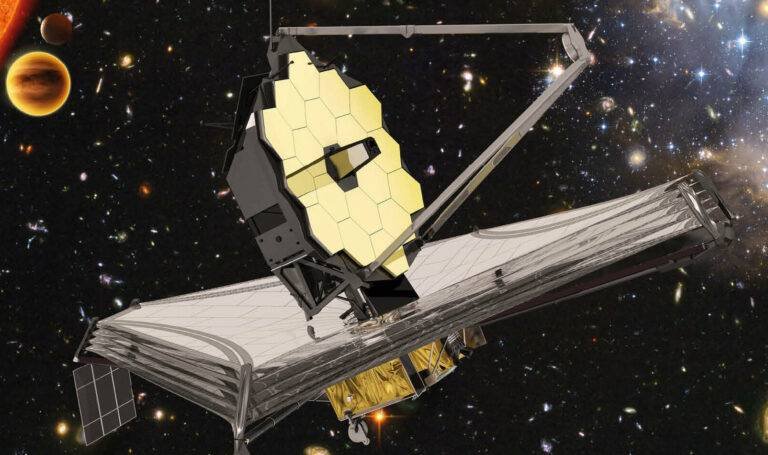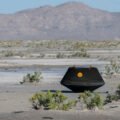A new video from the European Space Agency (ESA) reveals the final steps currently being taken to prepare the James Webb Telescope for it planned December 24th launch. Although the launch has been delayed a number of times already, the video also depicts the early stages of deployment the first of its kind space observatory will undergo once it has reached its destination.
“Webb is one of the most sophisticated and complex scientific instruments ever built, and it has taken some 30 years of development,” the video narration explains.
The video also highlights the Ariane 5 launch vehicle chosen for the task of putting Webb into a stable orbit on the side of the Earth where it will be permanently shaded from the sun. Known as LaGrange 2, this location takes advantage of the forces of gravity exerted by the Earth and the Sun to make sure Webb stays more or less in one place.
Critically, the Ariane has been custom fitted to house Webb under a protective faring before being launched into space.
“Due to the size of the telescope, we needed to develop a specific guiding system, a laser guidance system, to encapsulate the Webb telescope in the fairing,” explained Franciszka Dembinska, Ariane 5 Project Assurance and Safety Manager for the ESA in the video “because we have very few margins inside the fairing, and during the descent it’s really important to control the positioning of the fairing and that to ensure a safe encapsulation for the telescope.”
In the second half of the 4-plus minute video, an animation of the deployment of Webb shows the four weeks of travel followed by the actual deployment steps the telescope will go through once it is on site.
“In a carefully planned sequence, the telescope will first deploy its solar array, then the antennas, sunshield, and finally the two mirrors,” the narration explains.
Once this process is complete, many months of work will need to be done before Webb will begin its lifetime of science gathering missions. For instance, the observatory has to cool to its operating temperature of -233 degrees Celsius, and then the 18 individual segments of its mirror can be moved gently into place and perfectly aligned.
“So there’s a lot of work to happen after launch,” says Mark McCaughrean, an ESA Senior Advisor for Science and Exploration, “that’s just the first step.”
To see an animation of those next steps, as well as get a good final look at this potentially history making space observatory, just watch the video.
Follow and connect with author Christopher Plain on Twitter: @plain_fiction

